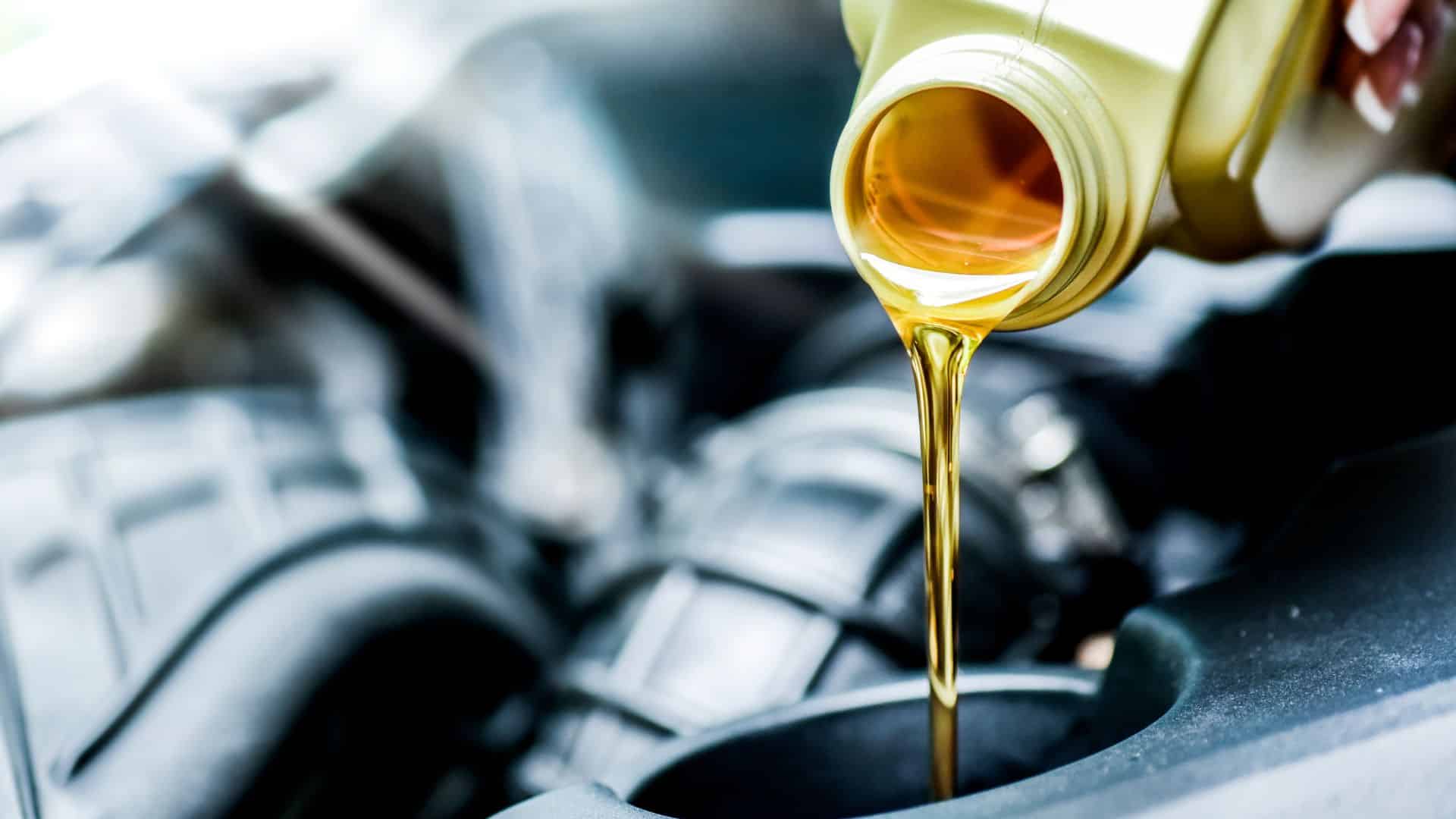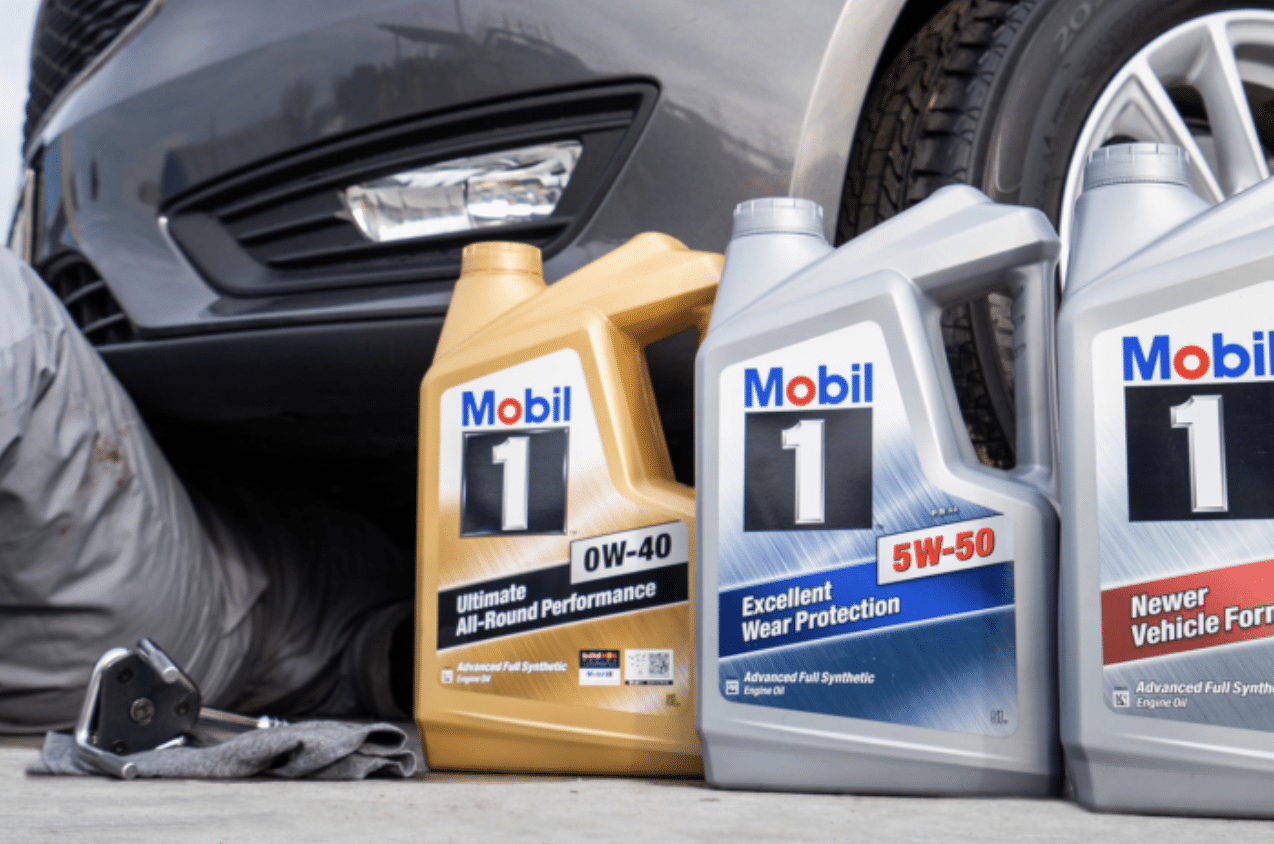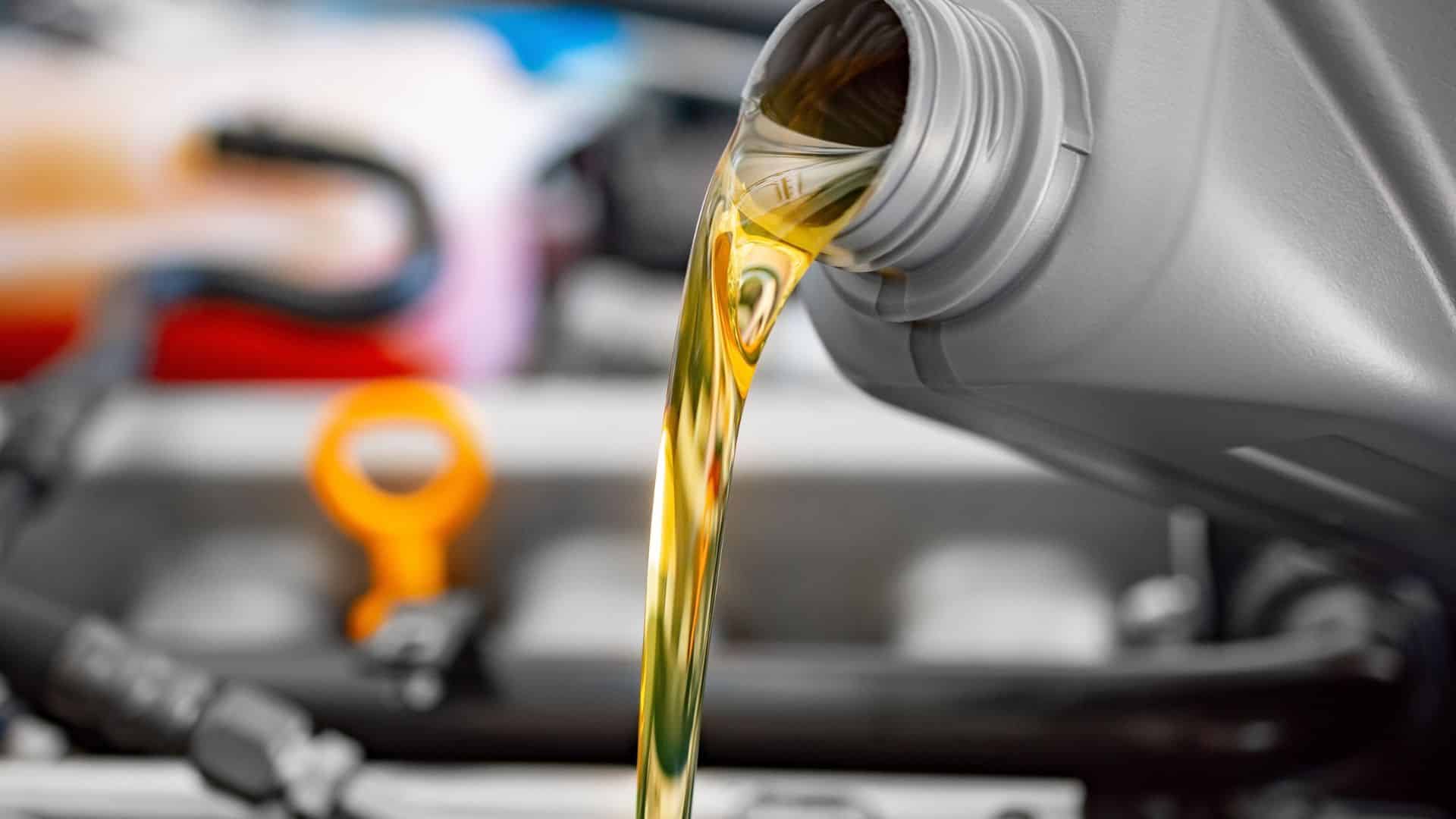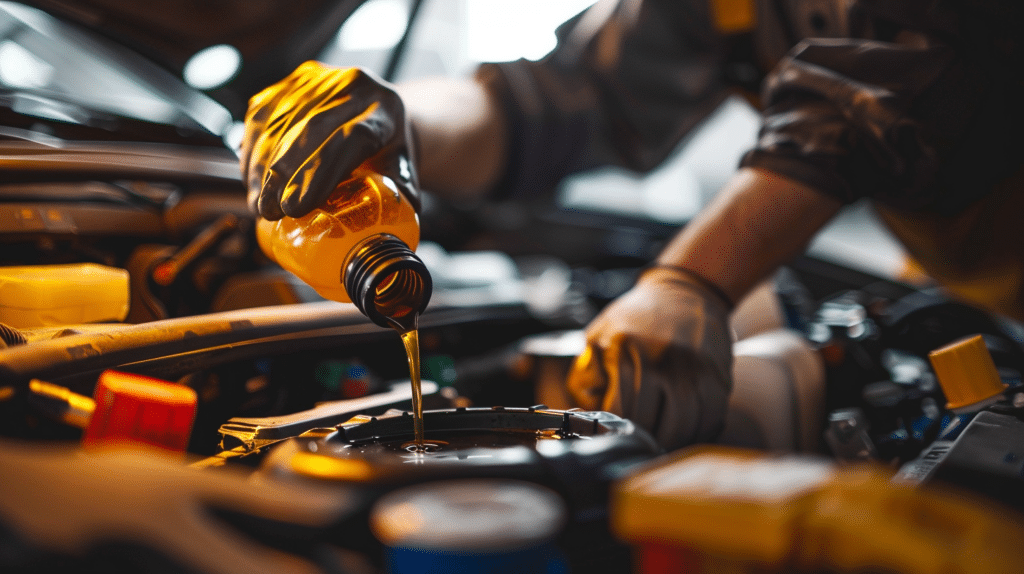Regular oil changes are crucial for keeping your car’s engine healthy and running smoothly. However, many drivers are unsure how often they should change their oil.
The old rule of thumb – every 3,000 miles – is outdated, and modern cars can usually go much longer between changes.
This guide will help you understand the factors that influence oil change frequency and how to determine the best interval for your vehicle.
We’ll explore manufacturer recommendations, driving habits, and oil types to help you make informed decisions about your car’s maintenance.
You’ll clearly understand how to keep your engine well-lubricated without unnecessary expense or hassle.
Oil Change Intervals: Manufacturer’s Recommendations
The owner’s manual is your go-to resource for determining your vehicle’s right oil change interval.
Considering its unique requirements, these guidelines are tailored to your car’s specific make, model, and engine type.
Following these recommendations helps maintain your warranty and ensures your car performs at its best.
Many newer vehicles have built-in service reminders that alert you when it’s time for an oil change, making maintenance easier.
It’s important to note the difference between oil life monitoring systems and oil pressure warning lights.
While the former helps you track when to change your oil, the latter indicates a potentially serious issue that requires immediate attention.
Ignoring manufacturer recommendations can lead to engine damage and expensive repairs down the line.
Modern Oil Advances

Today’s engines and oil formulations have advanced, allowing extended oil change intervals.
Unlike the outdated 3,000-mile rule, many modern vehicles using synthetic oils can go 7,500 to 10,000 miles between changes.
Synthetic oils offer several advantages over conventional oils. They perform better under extreme temperatures and provide longer-lasting protection for your engine.
These advanced formulations resist breakdown and contamination more effectively, contributing to their extended lifespan.
While synthetic oil typically costs more upfront, it may save you money in the long run due to fewer required oil changes.
Synthetic oil is particularly beneficial in certain scenarios, such as frequent short trips, heavy towing, or extreme weather conditions, where it provides superior protection for your engine.
Factors Influencing Oil Change Frequency

1. Driving Conditions
Your driving habits and conditions play a significant role in determining how often you should change your oil.
Severe driving conditions, such as frequent short trips, stop-and-go traffic, extreme temperatures, and towing heavy loads, can cause oil to break down faster.
Short trips prevent your engine from reaching its optimal temperature, leading to quicker oil degradation. Stop-and-go traffic increases engine wear, while extreme temperatures affect oil performance.
Towing puts additional strain on your engine, necessitating more frequent oil changes.
If you regularly drive under these conditions, it’s wise to follow a more frequent oil change schedule. Regular oil checks can help you monitor oil quality and determine if an early change is needed.
2. Type of Oil
The type of oil you use significantly impacts how often you need to change it. Conventional oil typically requires more frequent changes compared to synthetic oil.
Synthetic oil can withstand higher temperatures and maintain its lubricating properties longer, often allowing for extended intervals of up to 15,000 miles.
Synthetic oil is engineered to resist breakdown and perform better under extreme conditions.
While it’s more expensive upfront, it often provides better value in the long run due to fewer required changes and improved engine protection.
Choosing the right oil based on your driving habits and conditions can substantially impact your vehicle’s performance and longevity.
3. Older Vehicles
Vehicles with higher mileage or those prone to sludge issues may benefit from more frequent oil changes.
Synthetic oil can help reduce sludge buildup and extend engine life. High-mileage engines tend to accumulate sludge more quickly, which can hinder performance.
Using synthetic oil with its superior cleaning properties can help maintain engine cleanliness.
4. Low-Mileage Vehicles
Even if you don’t drive often, oil degrades over time due to factors like condensation and chemical breakdown.
It is recommended that you change your oil at least twice a year, regardless of mileage. This prevents harmful deposit buildup and maintains the oil’s protective qualities.
Consider changing oil before winter and summer as a good rule of thumb for low-mileage vehicles.
Types of Vehicle Oils and Which One to Use?
| Feature/Aspect | Conventional Oil | Synthetic Oil | High-Mileage Oil |
|---|---|---|---|
| Composition | Refined from crude oil | Chemically engineered | Blended with additives for older engines |
| Change Interval | Every 3,000 to 5,000 miles | Every 7,500 to 15,000 miles | Similar to synthetic, every 7,500 to 10,000 miles |
| Performance | Good for normal driving conditions | Superior performance in extreme conditions | Enhanced for older engines with wear issues |
| Temperature Resistance | Moderate | High | High |
| Sludge Formation | More prone to sludge formation | Resistant to sludge | It contains additives to reduce sludge |
| Cost | Less expensive | More expensive | Slightly more costly than synthetic |
| Longevity | Shorter lifespan, more frequent changes | Longer lifespan, less frequent changes | Long lifespan, tailored for high mileage |
| Usage Recommendation | Suitable for older vehicles or low-mileage drivers | Ideal for high-performance and new vehicles | Best for vehicles with over 75,000 miles |
| Engine Protection | Basic protection | Advanced protection | Enhanced protection for aging engines |
| Fuel Efficiency | Standard | Can improve fuel efficiency | Can improve or maintain fuel efficiency |
| Environmental Impact | Higher due to more frequent changes | Lower due to fewer changes | Similar to synthetic, designed for reduced emissions |
Oil Life Monitoring Systems
Many modern vehicles come equipped with oil life monitoring systems. These advanced systems track your driving habits and provide alerts when it’s time for an oil change.
They consider factors like mileage, engine temperature, and driving conditions to give you a more accurate picture of your oil’s life.
Understanding the difference between the oil life indicator and the oil pressure warning light is crucial.
The oil life indicator tells you when it’s time for a change, while the oil pressure warning light signals a potentially serious issue that requires immediate attention.
How to Perform Regular Oil Checks

Checking your oil level at least once a month is crucial for maintaining your vehicle’s health. Here’s a detailed guide on how to perform this important task:
1. Prepare Your Vehicle
- Park your car on level ground to ensure an accurate reading.
- Turn off the engine and wait 10-15 minutes for it to cool. This allows the oil to settle in the oil pan.
2. Locate and Remove the Dipstick
- Open the hood and secure it properly.
- Find the dipstick – it usually has a brightly colored handle marked “Oil”.
- Pull out the dipstick completely.
- Use a clean, lint-free cloth or paper towel to wipe it thoroughly.
3. Reinsert and Check
- Push the clean dipstick back into its tube.
- Remove it again and hold it horizontally.
- Check both sides of the dipstick to see where the oil leaves a mark.
4. Interpret the Results
- The dipstick typically has two marks or holes indicating the proper oil level range.
- Your oil level is good if the oil mark is between these two indicators.
- If it’s below the lower mark, you need to add oil.
- If it’s above the upper mark, you may need to drain some oil to prevent engine damage.
5. Assess Oil Quality
- Look for clear brown-black oil. New oil is amber in color and darkens over time.
- If the oil appears murky or milky, it could indicate coolant leakage into the oil. This requires immediate attention from a mechanic.
- Check for any metal particles in the oil, which might signal internal engine damage.
- If the oil feels gritty between your fingers, it may contain abrasive particles and need changing.
6. Check Oil Viscosity
- Allow a drop of oil to fall from the dipstick.
- If it falls quickly, the oil might be too thin.
- If it takes too long to drop, it might be too thick.
- Both scenarios could indicate that an oil change is needed.
7. Record and Monitor
- Record your oil checks, noting the date and oil level.
- This can help you spot trends in oil consumption over time.
Summing It Up
Understanding your vehicle’s oil change needs is key to maintaining its health and longevity.
You can optimize your oil change schedule by following manufacturer recommendations, considering your driving habits, and using the right type of oil.
Remember, regular oil checks are just as important as the changes themselves. They help you catch potential issues early and protect your engine.
While the days of changing oil every 3,000 miles are behind us, it’s crucial not to neglect this vital maintenance task.
Whether you’re driving a new car with an oil life monitoring system or an older vehicle needing extra care, keeping up with oil changes will keep your engine running smoothly for years.


